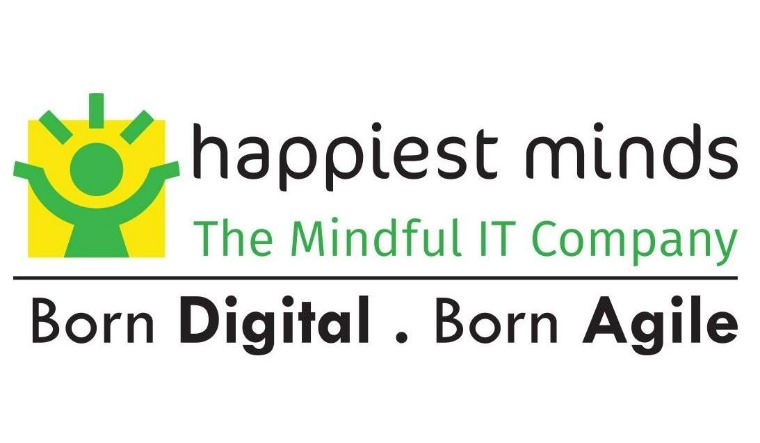Till August 2020, there had been only two initial public offerings this year, compared with 16 in the previous year and 24 in 2018. It had pretty much been a lacklustre year for IPOs amid volatile equity markets and a wider economic slump due to the COVID-19 pandemic. While SBI Cards and Rossari Biotech had successful listings, the issues of Antony Waste Handling and ITI Ltd had to be withdrawn.
This month, though, the IPO of a small-sized IT services company has set the primary market on fire, getting an overwhelming response from investors. Happiest Minds Technologies Ltd (HMTL), incorporated in 2011, is promoted by Ashok Soota, who had been vice-chairman of software services exporter Wipro, before he went on to co-found Mindtree.
The Rs 702 crore IPO of Happiest Minds, which had offered 2.32 crore shares in the price band of Rs 165-166 a share, received bids for over 351 crore; that is, a subscription of 151 times its initial offer. The portion reserved for non-institutional investors was subscribed a massive 351 times. Even the retail individual investors’ portion got subscribed almost 71 times, while part of the issue reserved for qualified institutional buyers was subscribed over 77 times.
Marquee global investors including Government of Singapore, Kuwait Investment Authority and Goldman Sachs were part of the anchor investors.
Why was there so much rush to invest in another, comparatively smaller IT services company?
Analysts point that this company derives significant portion of its sales from digital services and will be a big beneficiary in the post-COVID-19 world as many more companies will look to adopt digital technologies.
“Global technological spend is estimated to grow by 6.3 per cent CAGR over 2019-25, from $4.2 trillion in 2019 to $6.1 trillion by 2025. During this period, legacy IT services are likely to grow by 2.1 per cent CAGR, while digital IT services is estimated to grow by 20.2 per cent CAGR. Consequently, the global enterprise digital spend, which stood at $691 billion and represented about 16.4 per cent of the total technology spend in 2019, is forecast to be at $2.08 trillion,” noted Rajnath Yadav, research analyst at Choice Broking.
HMTL derives 97 per cent of its revenues from digital IT services by offering services like cloud, SaaS, security, analytics and IoT, compared with 30-50 per cent for traditional IT services peers, said Sneha Poddar, research analyst at Motilal Oswal Financial Services.
“We like the company, given its strong presence in digital services, scalable business model with end-to-end capabilities and fast-improving financial performance. Further, considering market conditions and bright prospects for IT companies post-COVID era, one may also get listing gains,” the analyst said.
Its revenue over financial years 2018-2020 rose at a compounded rate of 23 per cent, with earnings too turning around from a loss of Rs 22.5 crore in FY18 to a profit of Rs 72 crore last year.
HMTL has a strong brand in digital IT services, said Yadav, adding another competitive strength was its growing high-revenue customer accounts with a high proportion of repeat revenues and revenues from mature markets.
The market has also given a huge thumbs-up to the company’s management led by Soota, who had been instrumental in the growth at Mindtree.
Vinod Nair, head of research at stock broking firm Geojit Financial Services, too had urged investors to “subscribe” to the issue, citing “strong management pedigree, potential for growth in the digital space post the pandemic era and attractive valuation.”
“HMTL has a longstanding relationship with global independent software providers and some of its key partners include Microsoft, Amazon Web Services, NetSuite and Salesforce,” Geojit Financial Services noted.
But a key risk that analysts point out is that almost 78 per cent of the company’s revenues come from the US market alone.



